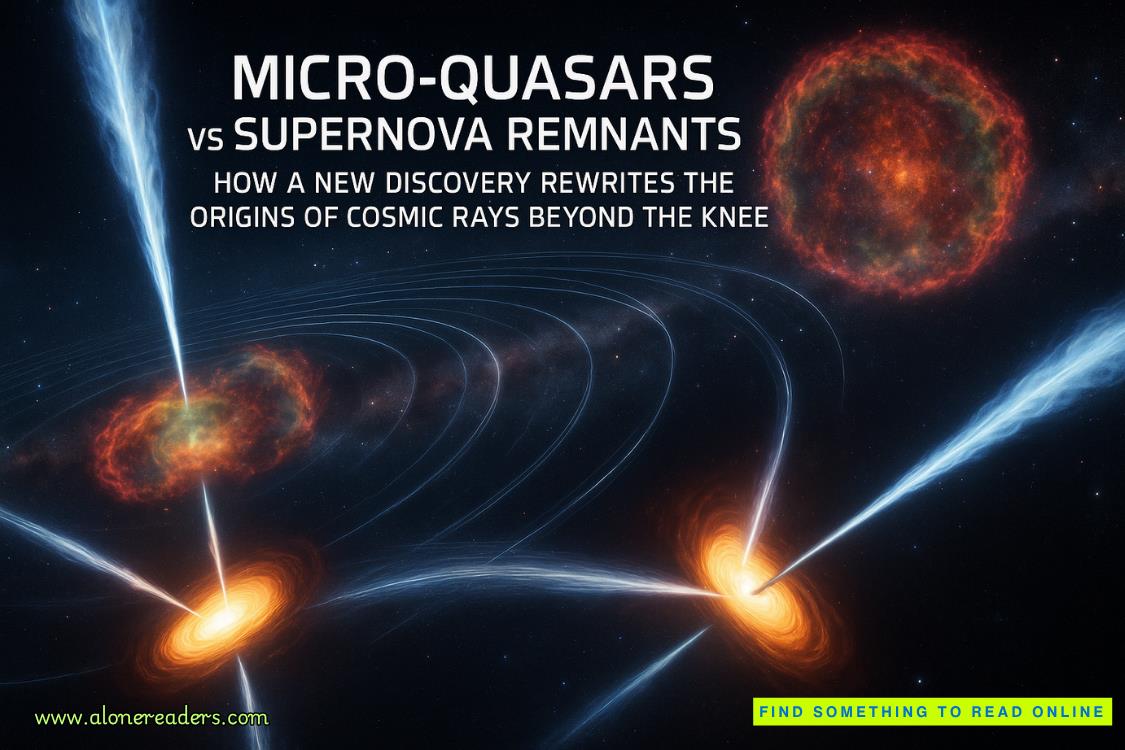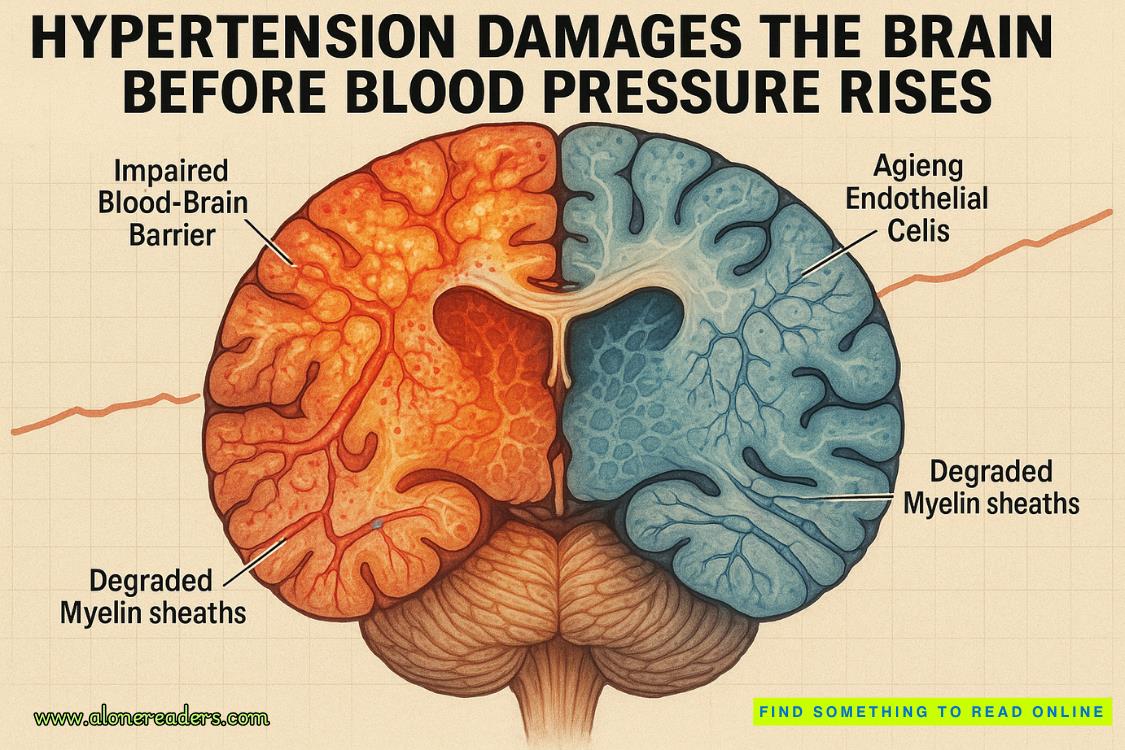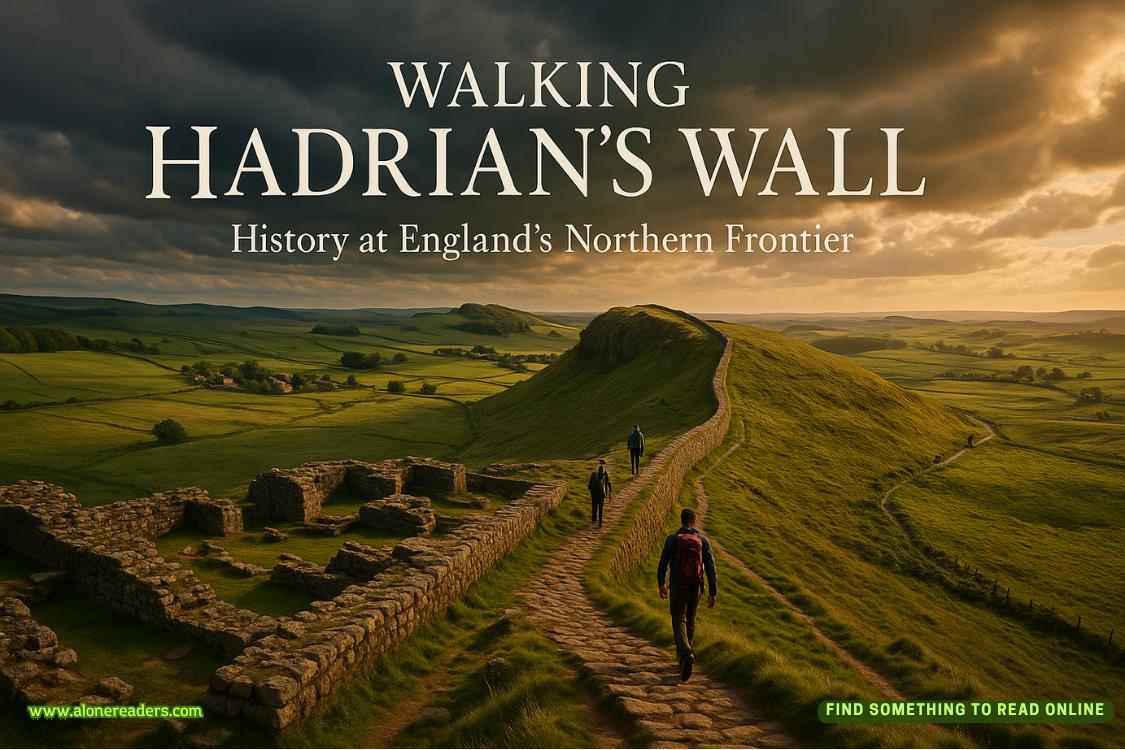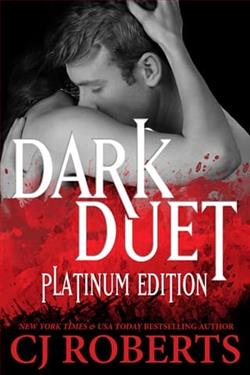Page 28 of Crossroads Magic
“And solstice,” I murmured, remembering the recently departed guests. “What is the greenway?”
“The other road,” Hirom said. “The intersection out there,” and he tilted his head a little, in the direction of the road past the inn. “That’s a crossroad. Rural route 224, and Haig Way.”
Haig Way. Haigton. Haig Town. I nodded. “This town was formed to serve the greenway?”
“That’s generally what most people think. There are no records we can find. No one even knows for sure how old the settlement is. But it’s old.Veryold.”
“And the inn is, too,” I surmised. “So this greenway. Haig Way. Where does it go to? From? Why do peoplewalkit?”
“There’s some strange folk out there,” Hirom said, with a smile. “Hikers walk trails all the time.”
“It’s a hiker’s trail?” It was beginning to make sense, now.
“More or less,” he said. “A few miles north of here and just off the greenway, there’s an outcropping of rock, rising up out of the ground like a giant’s finger. It’s worn smooth by the elements and there’s nothing on it, no carvings, no graffiti even, but some folks want to visit it, anyway. Put their hands on it and pray or whatever they do when they’re moved.”
“Over a rock?”
“They say it heals people. Or makes them feel better, at least. Oh, there’s all sorts of stories about the Finger.”
“Folk tales…” I sipped the exceptional coffee. “So that draws the hikers.”
“And day trippers and tourists, sometimes. You can walk the greenway all the way from Emeryville on the Oswegatchie River to Trout Lake, up north. Some people with very old memories say that the greenway once stretched much farther than that, but now all that is left is this little stretch.”
“Nothing about this came up on Google Maps, when I was driving here.”
Hirom grimaced. “We’re a bit forgotten, here. But word slowly passes. And this place…” He looked up at the ceiling, then back at me. “It gets by.”
“I see.” I put the coffee down reluctantly. “Hirom, I need to find someone in the town to work as a cook here. Who in town knows everyone and could tell me who might be able to cook? And I need to prod the Sheriff’s department into dealing with my mother’s death. Is there an authority here? A spokesperson for the town?”
Hirom grinned. “Same person for both questions.”
“Really? Who?”
“Olivia Desmond. She’s the mayor and the Crossing’s busybody.” Hirom closed one eye in a slow wink. “She’ll get you sorted out, no problems.”
Chapter Nine
Olivia Desmond lived right across the street from the inn. Her house, Hirom told me, was right on the corner and unmissable. A house on any corner is pretty obvious, so this time, I chose to believe the “unmissable” description. I pulled on my cotton jacket, and wished it was a down-filled parka. I’d bought it for winters in L.A., which were a different species to winters in upstate New York.
I waited until it was fully light, so it was shortly after eight in the morning when I stepped outside and adjusted to the cold, then moved across the road.
I hadn’t been able to pay a lot of attention to the town when we had arrived yesterday. I had been too busy looking for the hotel, and then looking for somewhere to park, after that.
Now I looked around with sharp interest. My mother had lived here for twenty-nine years. I had been twenty-three and married for two years when she moved here with my father. I grew up in Yucaipa. My parents moving across the country to a hamlet I’d barely heard of, to live with my grandmother, who I had never met, had been a shock. Only, my mother had always hated the heat and the dryness of California.
I still didn’t know what my father had thought of moving here. I have always assumed, as he disappeared a few weeks after moving here, that he had stated his opinion by his actions.
Examining Haigton Crossing with an unbiased gaze might give me some hints about why my mother had stayed here, and why my father had not.
The main road, which was Route 224 on the other side of the intersection, but was Main Street on this side, was comfortably wide and normal. The snow had been cleared off it, lingering only in the gutters. It didn’t have a yellow line down the middle. The asphalt was without potholes, although it was cracked.
The inn was on the northwest side of the intersection, facing the sun, which was just peeping over the treetops and the roofs of the houses across the road. On the other side of the intersection, across from the inn, was an old building that looked like it might once have been a community hall. The roof had a sag in it that looked mortal, and the windows were covered in sheets of chipboard. There was no sidewalk or gutter on either side of the building, just a smooth snow blanket to the edge of each roadway.
On the southeast corner of the intersection, there was nothing but patches of snow, dead weeds that thrust up in clumps, the last summer blooms dry and drooping from their fronds, and saplings holding up a thin covering of snow. Some time in the last few years, that corner of the intersection had been cleared of mature trees. The true tree line started fifty yards back.
I could see nothing through the trees, for early morning shadows were thick beneath their boughs. Wide conifers were intermingled with the bare boughs of deciduous trees. I had no idea what type of trees they were. I have never been a gardener, and beyond a tree being evergreen or not, I was ignorant. But they were tall, and in summer, they were probably shady. Right now, the pine trees provided the only color.
The houses directly across the road from the inn were small and I suspected they were very old. They looked a lot like the long streets of tract houses you could find in the really old L.A. suburbs, but even smaller. The lots were tiny—unless the back yards extended a lot farther than I could see. But the roofs of the houses in the next street looked to be close.















